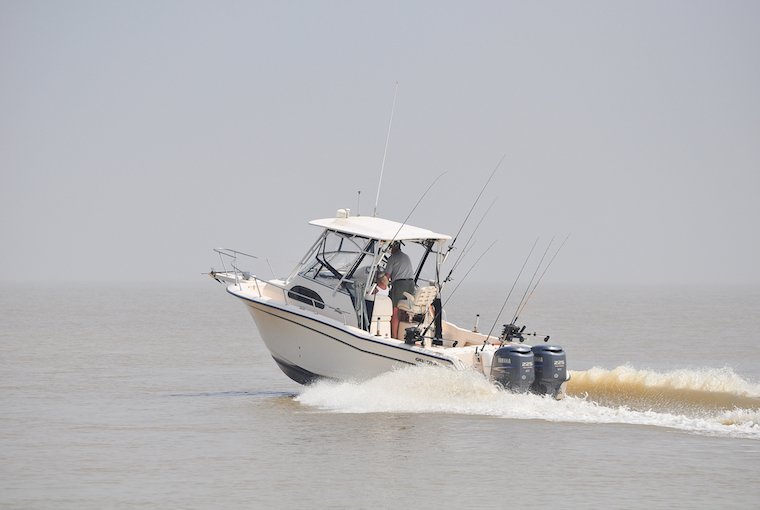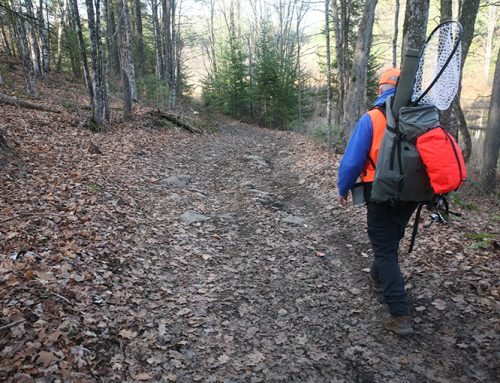
Boaters and users of recreational off-road vehicles should be more aware of recent regulations doubling the allowable amount of ethanol levels in gasoline to 10%, according to recreational off-road vehicle and marine-industry groups.
Ministry of Environment, Conservation and Parks spokesperson Lindsay Davidson said the new regulations apply to regular gasoline only and the exclusion for marine, aviation, and off-road vehicles still applies.
Although the regulations don’t require 10% ethanol in mid-and high-grade fuels, that doesn’t mean individual petroleum companies don’t include ethanol as part of their formulation. The way the regulations are set up allows fuel suppliers to average out ethanol content in their products annually, which, Davidson says, allows them to offer a variety of products, including ethanol-free gasoline.
The provincial government is also proposing to increase ethanol levels to 15% in regular gas by 2025. This greatly concerns industry groups.
Boating Ontario Association weighs in
“There is little doubt that untreated fuel containing ethanol will continue to negatively affect engine performance in boats,” said Rick Layzell, CEO of Boating Ontario Association.
As a result, he strongly encourages boat owners to talk with marina-service professionals. This way they can adopt the right treatment solutions to avoid costly ethanol-related issues. Layzell said the use of ethanol-specific fuel stabilizers also helps reduce harmful effects.
One problem is that the fuel available for retailers varies by region, even within the same company.
“Fuel supplies vary from marina to marina across the province and are generally dictated by availability of local suppliers,” Layzell said.
Dave Grummett, director of communications with the Canadian Off Highway Vehicle Distributors Council, said his group would welcome labeling that shows how much ethanol is in a particular grade of fuel.
National Marine Manufacturers Association Canada concerned
The National Marine Manufacturers Association Canada (NMMAC) advised less, or no, ethanol is better in older engines.
NMMAC President Sara Anghel said her group is more concerned about the potential move to E-15 (15% ethanol), a level which, she said, could cause corrosion in engines, tanks, and fuel systems.
“We are urging the government not to consider blends above E10,” she said. “In the event that in some instances it proceeds, labelling and separate lines at the pump, similar to diesel, need to be implemented to ensure boat engines and other off-road vehicles do not fill up with E15. Education is extremely important.”
Layzell added, “Some people think this is just an issue for those who own big boats. The ethanol issue applies to all motorized boats. It doesn’t matter if we are talking about the tinny at the dock or the 30-foot runabout or even a lawn mower or weed eater,” he said. “When fuel with ethanol sits for a while, it separates and fuel separation issues can be costly.”
Grummett said proper winter storage is even more critical with ethanol-containing fuels.






Leave A Comment